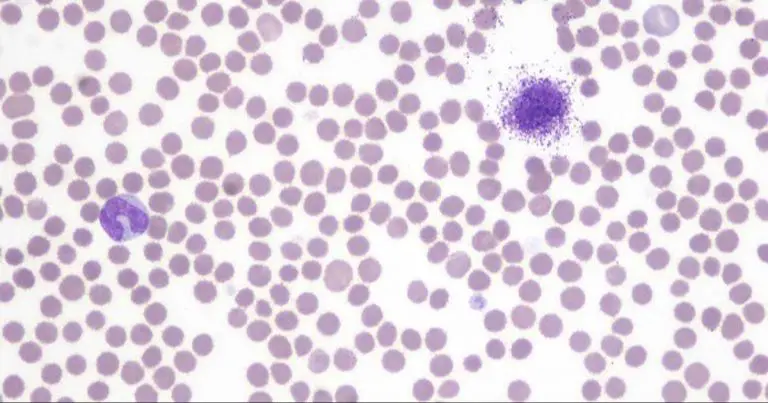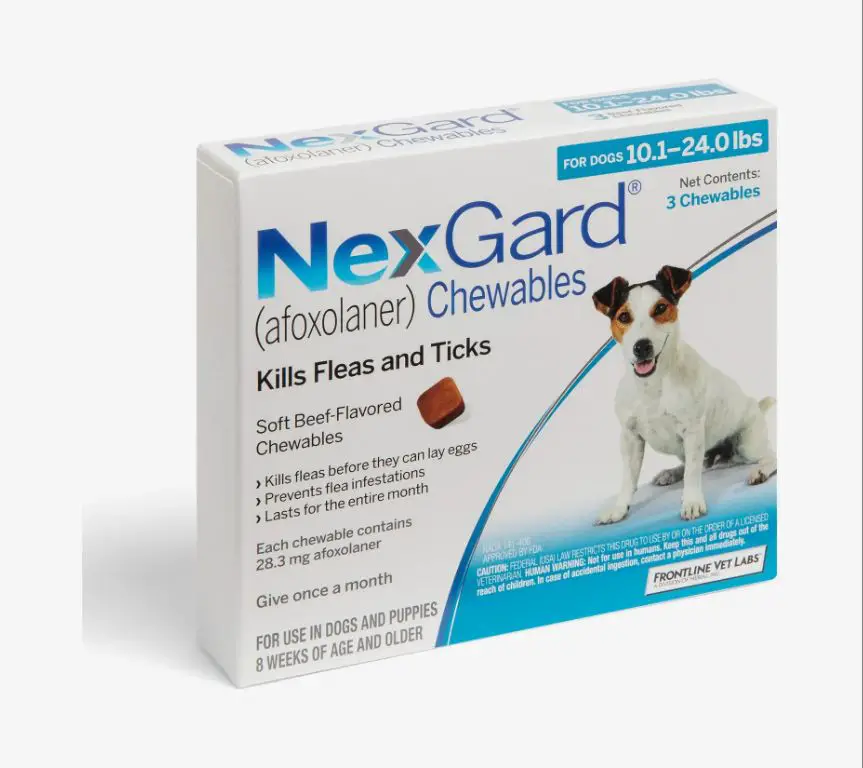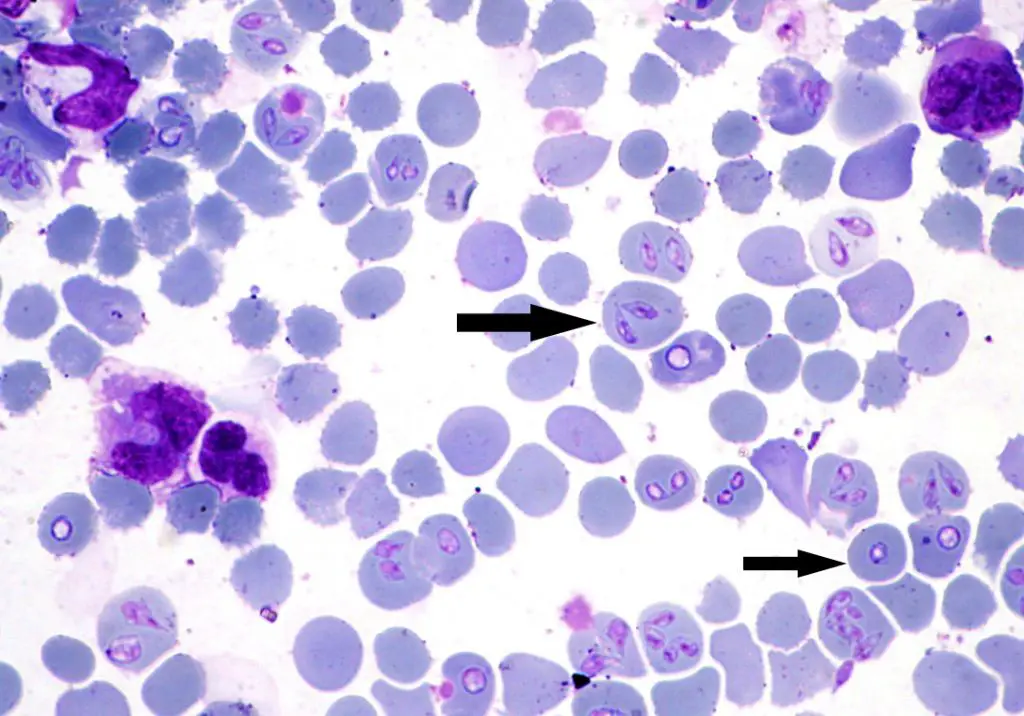Overview of Blood Parasites in Dogs
Blood parasites are microscopic organisms that live in the bloodstream and feed on the blood cells or components in a dog’s circulatory system. The most common types of blood parasites found in dogs include:
- Babesia – attacks red blood cells and causes anemia
- Ehrlichia – infects white blood cells
- Anaplasma – infects white and red blood cells
- Hemobartonella – infects red blood cells
These blood parasites are transmitted to dogs through:
– Insect vectors like ticks and fleas
– Contaminated needles or blood transfusions
– From an infected mother dog to her puppies
Dogs that spend time outdoors hunting, hiking or in tick-infested areas are at a higher risk of getting infected with these bloodborne diseases.
Signs and Symptoms

The most common signs and symptoms of blood parasites in dogs include:
Fever – Dogs with blood parasites often have a fever over 103°F (39.4°C). The fever may be intermittent or persistent depending on the type of parasite. Fever is a key sign of infection or inflammation in the body (Merckvetmanual.com).
Pale gums – Anemia caused by the parasites eating red blood cells can lead to pale gums and mucous membranes. This paleness indicates a reduced number of red blood cells carrying oxygen through the body (Merckvetmanual.com).
Weakness and lethargy – A lack of red blood cells reduces the oxygen reaching the tissues, resulting in fatigue, weakness, and reluctance to exercise. Dogs may seem depressed or inactive (Ncbi.nlm.nih.gov/pmc/articles/PMC10206971/).
Enlarged lymph nodes – The lymph nodes may become swollen as they react to the parasite infection. Lymph nodes behind the jaw and knees are easiest to detect (Merckvetmanual.com).
Coughing – Some blood parasites can attack the lungs, leading to coughing, breathing difficulties, and exercise intolerance. Coughing may produce blood-tinged sputum (Ncbi.nlm.nih.gov/pmc/articles/PMC10206971/).
Diagnosing Blood Parasites

There are several ways to test for blood parasites in dogs:
Blood Smear: This is one of the most common tests. A small amount of blood is taken from the dog and smeared onto a microscope slide. The sample is stained and examined under a microscope for any signs of parasites. This allows direct visualization of the parasites in the blood. However, sensitivity is low if parasitemia is mild. It may require examining multiple smears to find parasites (Thongsahuan et al., 2020).
PCR Test: This looks for DNA of parasite species in the blood, such as Babesia or Hepatozoon. It is more sensitive than a blood smear and can detect lower levels of infection. However, it may not differentiate between a current vs past infection. A positive PCR indicates the dog was exposed but may not prove current illness (Merck Veterinary Manual, 2022).
Antibody Testing: This looks for antibodies produced by the dog against certain parasites. A positive result indicates exposure/past infection but does not necessarily indicate current illness. It is often used for screening dogs that may have been exposed (Merck Veterinary Manual, 2022).
Low Platelet Count
Thrombocytopenia refers to an abnormally low number of platelets in the blood. Platelets, also called thrombocytes, are colorless blood cells that help blood clot. A normal platelet count in dogs ranges from 200,000 to 500,000 platelets per microliter of blood. Thrombocytopenia is defined as a platelet count below 200,000 per microliter (Merckvetmanual.com).
Research has demonstrated a link between blood parasite infections and low platelet counts in dogs. In one study, dogs infected with a variety of blood parasites including Babesia, Ehrlichia, Anaplasma, Hepatozoon, and Mycoplasma species showed significantly lower platelet counts compared to uninfected dogs (PMC10206971). The reductions in platelet counts ranged from 30-40%. Another study found that thrombocytopenia correlated positively with blood parasite infections including Ehrlichia, Anaplasma, Babesia, and Hepatozoon species (PMC7750225).
Thrombocytopenia can be dangerous because it increases the risk of uncontrolled bleeding and bruising. Severely low platelet counts below 50,000 per microliter are considered a medical emergency. Possible complications include bleeding gums, nosebleeds, bloody urine, and abnormal bleeding. Prompt treatment is required for dogs with very low platelet counts (Merckvetmanual.com).
Treatment
Treatment for blood parasites in dogs focuses on killing the parasites, providing supportive care, and managing complications. Some key aspects of treatment include:
- Anti-parasitic medications – Dogs will be prescribed anti-parasitic drugs like imidocarb dipropionate or doxycycline to kill the parasites. These are often given for several weeks.
https://www.nhvnaturalpetproducts.com/dogs/conditions/blood-parasites/ - Supportive care – IV fluids, blood transfusions, electrolyte monitoring, nausea medications, vitamin supplements, and a nutritious diet help support the dog’s health during treatment.
- Blood transfusions – Dogs with dangerously low red blood cell counts may need blood transfusions to improve oxygen delivery.
Monitoring bloodwork during treatment helps determine progress and whether further transfusions are needed. With aggressive anti-parasitic treatment and supportive care, many dogs fully recover from blood parasite infections.
Prevention
There are several steps dog owners can take to prevent blood parasites in their pets:

Avoid Tick Exposure – Ticks are one of the main transmitters of blood parasites. Keeping dogs away from tick-infested areas and checking thoroughly for ticks after potential exposure can help prevent transmission. Removing ticks promptly with tweezers or a tick removal tool is also important.
Use Preventives – Veterinarians often recommend using parasite preventives year-round for dogs at risk. Oral or topical products like nexgard, bravecto, or seresto collars can repel and kill ticks before they can transmit parasites.
Keep Vaccinations Up to Date – Some blood parasites like Babesia can be prevented through vaccination. Following your veterinarian’s recommended vaccine schedule protects your dog against diseases they are at risk for in your area.
Prognosis
With prompt diagnosis and appropriate treatment, the prognosis for dogs with blood parasites is often good according to the Merck Veterinary Manual[1]. Many dogs fully recover and can lead normal lives with consistent care. However, some blood parasites like Babesia canis can be fatal if left untreated, with dogs dying within days to weeks of infection[1]. Early intervention with medications like imidocarb can significantly improve prognosis.
According to a 2023 study, treatment of multiple blood parasite infections in dogs led to improvement in hematology profiles for most dogs[2]. However, a small percentage of dogs may suffer relapses or require extended treatment. With aggressive therapy, the overall prognosis can still be good.
Close follow-up testing helps monitor response to treatment and identify any recurrent infection. Prognosis also depends on the specific parasite involved and the dog’s overall health status. But timely diagnosis and treatment provide dogs with the best chance for full recovery from blood parasites.
Specific Blood Parasites
There are several common blood parasites that infect dogs:

Babesia
Babesia is a protozoal parasite spread by ticks. There are over 100 species of Babesia that can infect dogs. The most common species in the United States are B. canis and B. gibsoni. Babesia infects and destroys red blood cells, leading to anemia, fever, enlarged spleen, and dark urine. Severe infections can be fatal if not treated.[1]
Anaplasma
Anaplasma phagocytophilum and Anaplasma platys are rickettsial bacteria transmitted by tick bites. They infect white blood cells. Symptoms include fever, lethargy, lameness, and platelet deficiencies. Infection can lead to immune-mediated disease.[1]
Ehrlichia
Ehrlichia are rickettsial bacteria spread by ticks, including E. canis, E. ewingii, and E. chaffeensis. They infect and destroy white blood cells, causing fever, lethargy, nosebleeds, bruising, and sometimes neurological issues.[2]
Hemobartonella
Mycoplasma haemocanis (formerly known as Hemobartonella canis) is a bacterium transmitted via tick bites. Symptoms are often mild or absent. It can exacerbate other blood disorders when the immune system is suppressed.[1]
[1] https://www.merckvetmanual.com/dog-owners/blood-disorders-of-dogs/blood-parasites-of-dogs
[2] https://www.ncbi.nlm.nih.gov/pmc/articles/PMC7750225/
When to See a Vet
If your dog is exhibiting concerning signs that may indicate a blood parasite infection, it’s important to schedule a veterinary appointment right away. Some key signs that warrant an urgent vet visit include:
-
Persistent fever – An elevated body temperature that lasts for more than 24 hours may signal an underlying infection like a blood parasite.
-
Pale gums – Gum color is a good indicator of blood health. If your dog’s gums appear very pale or white, it could mean they have anemia from a parasite infection.
-
Lethargy – Extreme tiredness and lack of energy or engagement in normal activities is a red flag for illness.
-
Loss of appetite – If your dog refuses food or loses interest in eating for more than a day, it likely indicates a health problem requiring veterinary attention.
Don’t try to self-diagnose or self-treat symptoms like these at home. Get your dog examined right away if any of these concerning signs are present, as delays could allow the infection to progress. Blood parasite infections can be serious if left untreated.
Summary
Blood parasites are a dangerous health risk for dogs that require vigilant prevention and prompt treatment. We covered the major signs of blood parasites including lethargy, fever, and swollen lymph nodes. Getting a proper diagnosis via blood smears or PCR tests is critical, as is monitoring for drops in platelet counts which can lead to internal bleeding. Preventative measures like monthly flea/tick/mosquito control and prompt treatment with medications like doxycycline are key to protecting dog health. Specific blood parasites like Babesia, Ehrlichia, Anaplasma, Hepatozoon, and Mycoplasma haemocanis can each cause varying degrees of illness. Being alert to the subtle signs of blood parasites and getting veterinary help immediately provides dogs with the best chance at a full recovery. Staying informed and taking preventative action is the best way to keep our canine companions safe from these dangerous blood-borne diseases.